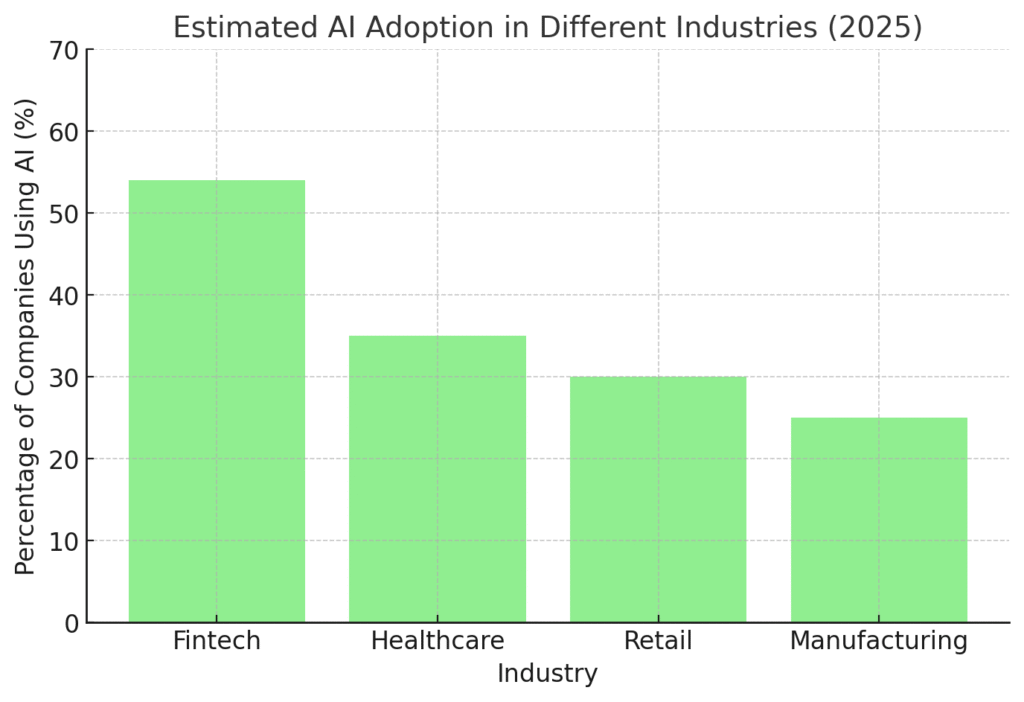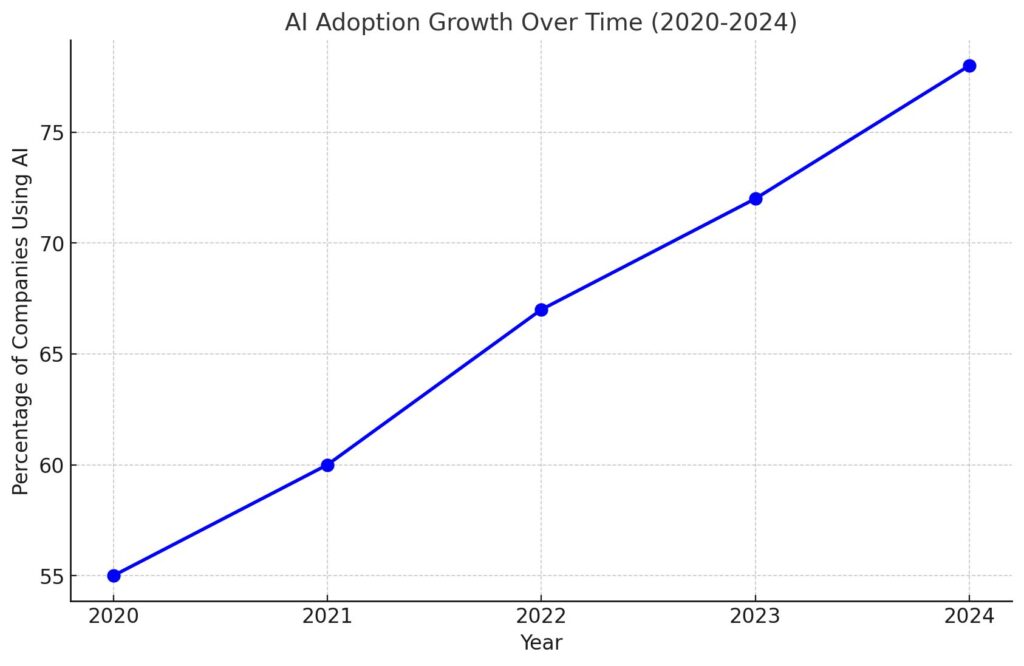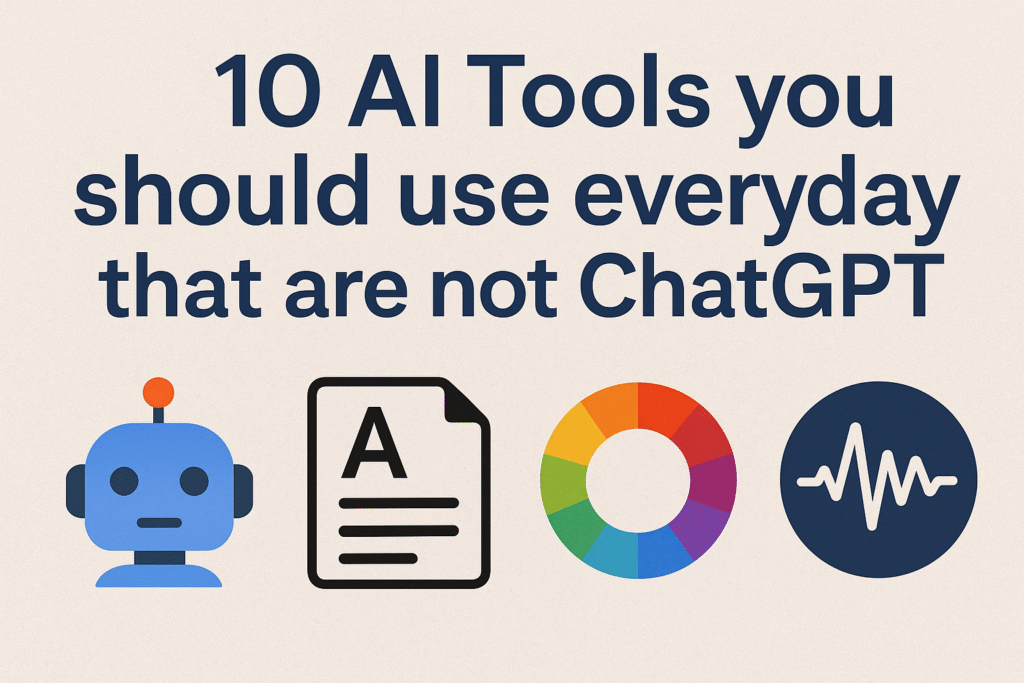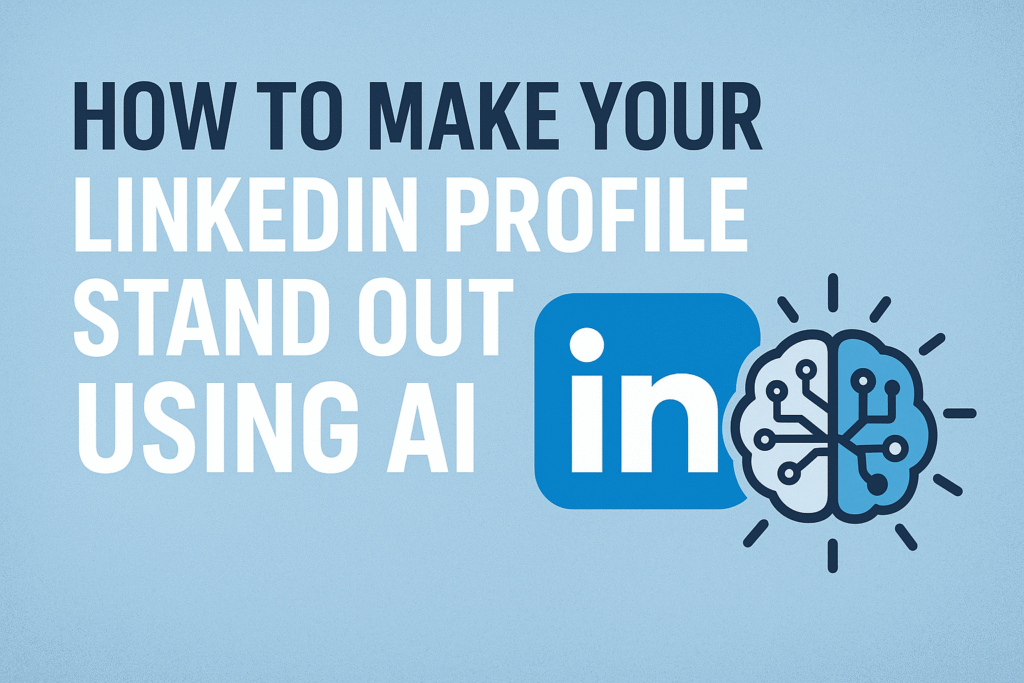Understanding AI Software in Business
AI software is a type of computer program that can do tasks that usually need human intelligence. Hence, it can learn from data, understand language, recognize patterns, and even make decisions. Businesses use AI software to automate repetitive tasks, analyze huge amounts of data, improve customer service, and predict future trends.
Some common examples of AI in business are:
- Chatbots
- Predictive Analytics
- Image Recognition
How to Select the Right Artificial Intelligence Software
Choosing the right AI software can feel tricky and hard, but breaking it down into clear steps makes it easier. Here’s a simple process you can follow:
Step 1️⃣: Gather All the Requirement
First, figure out exactly what problems your business wants to solve with AI. Is it improving customer service? Automating repetitive tasks? Or predicting sales? Being clear about your goals will guide the rest of the process.
Step 2️⃣: Market Research
Next, research the AI software options available. Look at top providers, check what features they offer and at what price. This helps you understand what’s out there and which tools might fit your needs.
Step 3️⃣: Evaluate Criteria
Create a list of criteria to compare different AI tools or you can use WorkspaceTool Comparison Guide. Do it to consider ease of use, cost, integration with your current systems, and customer support. Giving each factor a score can help you make an objective choice.
Step 4️⃣: Proof of Concept (PoC)
Before fully committing to a software, test the software with your own data or in a small pilot project. As many software provides free trial that can show you how well the tool works for your business and if it meets your expectations.
Step 5️⃣: Final Decision and Implementation
Based on your tests and evaluations, pick the best AI software. Then, plan how you’ll roll it out in your business, including training your team and setting up support.

Case Study: Using AI Software To Boost Sales
Starbucks wanted to make their customers’ experience more personal and convenient. To do this, they developed an AI system called Deep Brew that learns from customers’ past orders, preferences, and buying habits. For example, if you often order a caramel latte in the morning, the app might suggest that drink or similar options when you open it. It can even recommend snacks or seasonal specials you might like based on what others with similar tastes have enjoyed.
This AI doesn’t just help customers but also assists Starbucks baristas by suggesting personalized drink options for regular customers, making service faster and more tailored. Behind the scenes, AI is helping to manage inventory by predicting which items will be popular, so stores are stocked efficiently.
Results: Customers get a smoother, more enjoyable experience, while Starbucks boosts sales and loyalty. This smart use of AI shows how technology can create real value by understanding and anticipating customer needs.
Conclusion
Choosing the right AI software is one of the most important decisions a business can make. The right AI tool can boost efficiency, improve customer experience, and drive sales. But remember to clearly define what you want to achieve, research your options, test solutions, and plan for smooth implementation. Starting your AI Software journey with a clear understanding of your challenges and business requirements will set you up for success. Don’t rush into a decision just because AI is trending but choose thoughtfully to get the best results.
If you need help navigating the many AI options or want personalized guidance, feel free to reach out. We’re here to assist you in selecting the perfect AI software to transform your business.
























